1. Bellows
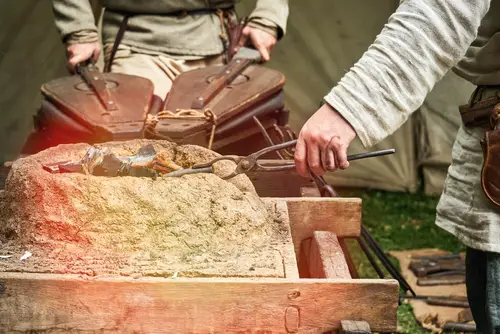
Bellows were once used to stoke fires, with wooden handles and a leather or canvas body that puffed air. Today, they’re admired for their craftsmanship and rustic feel. They’re commonly hung near fireplaces, even if never used. Their shape and detailing make them decorative in a unique way.
They symbolize warmth and hospitality, which makes them perfect for hearthside décor. Often, the leather develops a rich patina that adds to their beauty. Some even feature carved wood or brass accents that make them stand out. They’re the kind of object that blends history with atmosphere.
2. Hand-crank coffee grinders
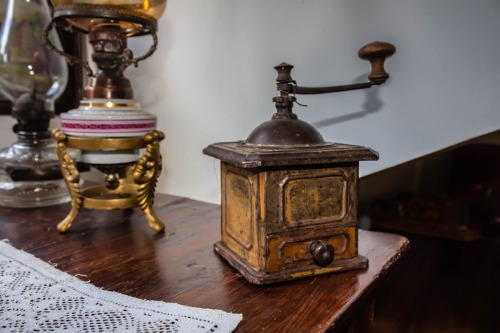
Once prized for their practical role in daily routines, hand-crank coffee grinders are now displayed on shelves as a reminder of slower mornings. The wood-and-metal construction makes them visually appealing, especially with the little drawer at the bottom. People love their old-world charm even if they’d never actually grind beans with one. These grinders tell stories of cozy kitchens and the ritual of brewing coffee before electricity did the work.
Collectors and decorators alike often place them on open shelving in kitchens or even in dining rooms. The patina of the wood and the tarnished metal are seen as features rather than flaws. They’re conversation starters, sparking questions about who used them and when. That sense of nostalgia is exactly why they’ve become décor pieces instead of tools.
3. Butter churns
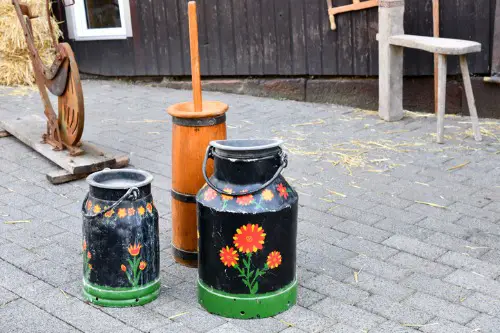
Butter churns were once an essential fixture in farmhouses, allowing families to make butter at home. The tall, often wooden barrel with a handle or plunger looks rustic and immediately signals “country living.” While few people today want to churn butter by hand, the churn itself adds warmth to farmhouse-style interiors. They’re especially popular as corner pieces or umbrella stands.
The charm lies in how handmade they feel—simple, sturdy, and authentic. Designers know they instantly make a space feel lived-in and welcoming. They also tie into the broader “farm-to-table” aesthetic that’s trendy now. Even city apartments sometimes feature one to nod to a simpler, agricultural past.
4. Rotary egg beaters
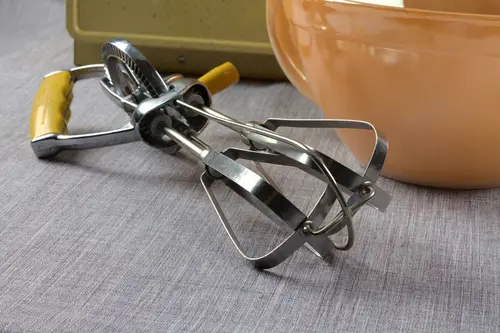
Before electric mixers, rotary egg beaters made baking easier with a simple crank and rotating blades. They’re often lightweight and metal with wooden handles, which makes them easy to display. Their quirky, mechanical look fits well in vintage or industrial-style kitchens. Many buyers admire them more for their engineering than their practicality.
Instead of whisking eggs, these are now tucked into jars on counters or hung from hooks. Their small size makes them versatile décor pieces. They spark memories of grandparents baking pies or cakes from scratch. That sentimental value outweighs their usefulness today.
5. Cast iron irons (sad irons)
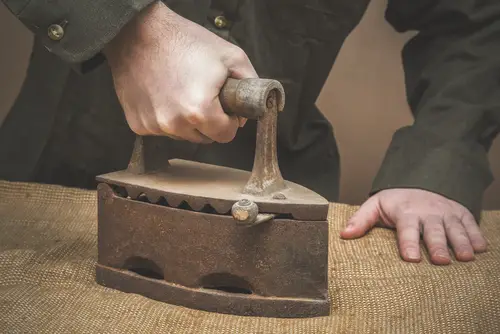
Long before electric models, people heated these heavy irons on stoves to press clothes. They’re often solid pieces of cast iron, weighing several pounds each. Their blunt, wedge-like design makes them instantly recognizable. As actual ironing tools, they’re impractical now, but they look striking on mantels or bookshelves.
Collectors often polish them up or leave them rust-kissed for a more authentic look. They’re reminders of how physically demanding daily chores once were. When placed on a shelf, they double as sculptural art objects. They serve as both history lessons and design accents.
6. Washboards
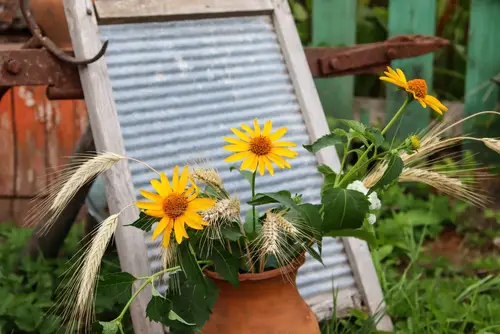
Washing clothes by hand on a corrugated washboard was once a tiring but necessary task. Today, these wooden-framed, metal-ridged boards are treasured for their folk-art aesthetic. They often appear in laundry room décor, where they act as ironic nods to how far we’ve come. Their rustic charm makes them a popular pick for farmhouse and shabby-chic interiors.
Some people even use them as wall art, either plain or repurposed with hooks for storage. Their shape and texture add visual interest that feels authentic rather than manufactured. Because they were once common household tools, they resonate with people who value a nostalgic connection. They’re less about washing clothes and more about washing away the digital feel of modern life.
7. Milk cans
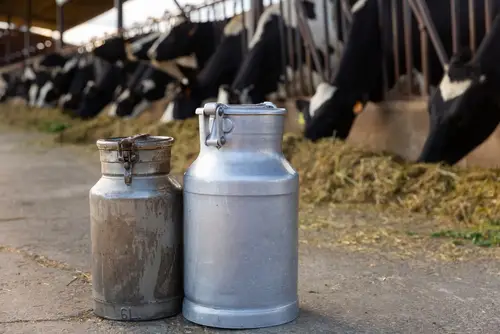
Sturdy metal milk cans were once used to transport milk from farms to dairies. Their large size and distinctive cylindrical shape make them great statement pieces. Many decorators place them on porches or entryways, often filled with flowers. They instantly bring a touch of countryside heritage into a space.
Over time, the dents and faded paint only add to their character. Some people repaint them for a fresh look, while others embrace their aged finish. They work especially well in rustic or farmhouse themes. For many, they represent both practicality and hospitality.
8. Oil lamps
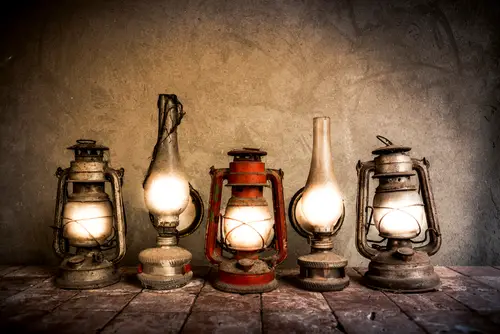
Oil lamps once provided essential light before electricity became widespread. Their glass chimneys and ornate metal bases make them visually striking. Many people display them on mantels or shelves as reminders of life before modern conveniences. Some even keep them functional, though rarely used.
The glow of an oil lamp feels warm and romantic, even if it’s just imagined. Collectors enjoy the variety of shapes and designs, from simple to highly decorative. They pair well with rustic and Victorian-inspired interiors. As décor, they bring both beauty and a hint of resilience.
9. Spinning wheels
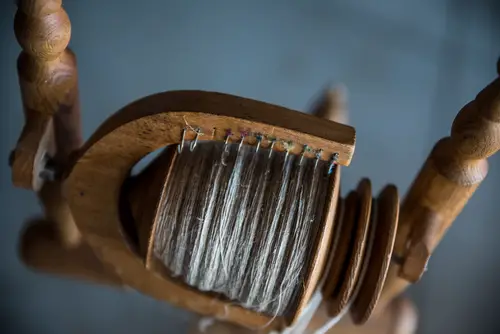
Once vital for making yarn, spinning wheels are now mostly decorative. Their large wooden frames and distinctive wheel design make them instantly recognizable. Few people today would ever spin wool, but the tool’s presence evokes craftsmanship and tradition. They often serve as striking focal points in living rooms or entryways.
Because of their size, they’re statement pieces rather than background décor. Their historical weight makes them conversation starters. They connect modern homes to centuries of textile-making traditions. For decorators, they’re symbols of patience, artistry, and heritage.
10. Meat grinders

Before supermarkets, households used manual meat grinders to prepare their own ground meats. These cast iron or steel contraptions clamped onto countertops and featured a hand-crank. They’re now prized for their industrial, almost steampunk look. Many collectors display them in kitchens or even as stand-alone curiosities.
The shine of worn metal and the heavy feel give them character. Some repurpose them into quirky bookends or even lamp bases. They remind people of a time when food preparation was more hands-on. As décor, they’re as much about storytelling as they are about style.
11. Mason jars with zinc lids
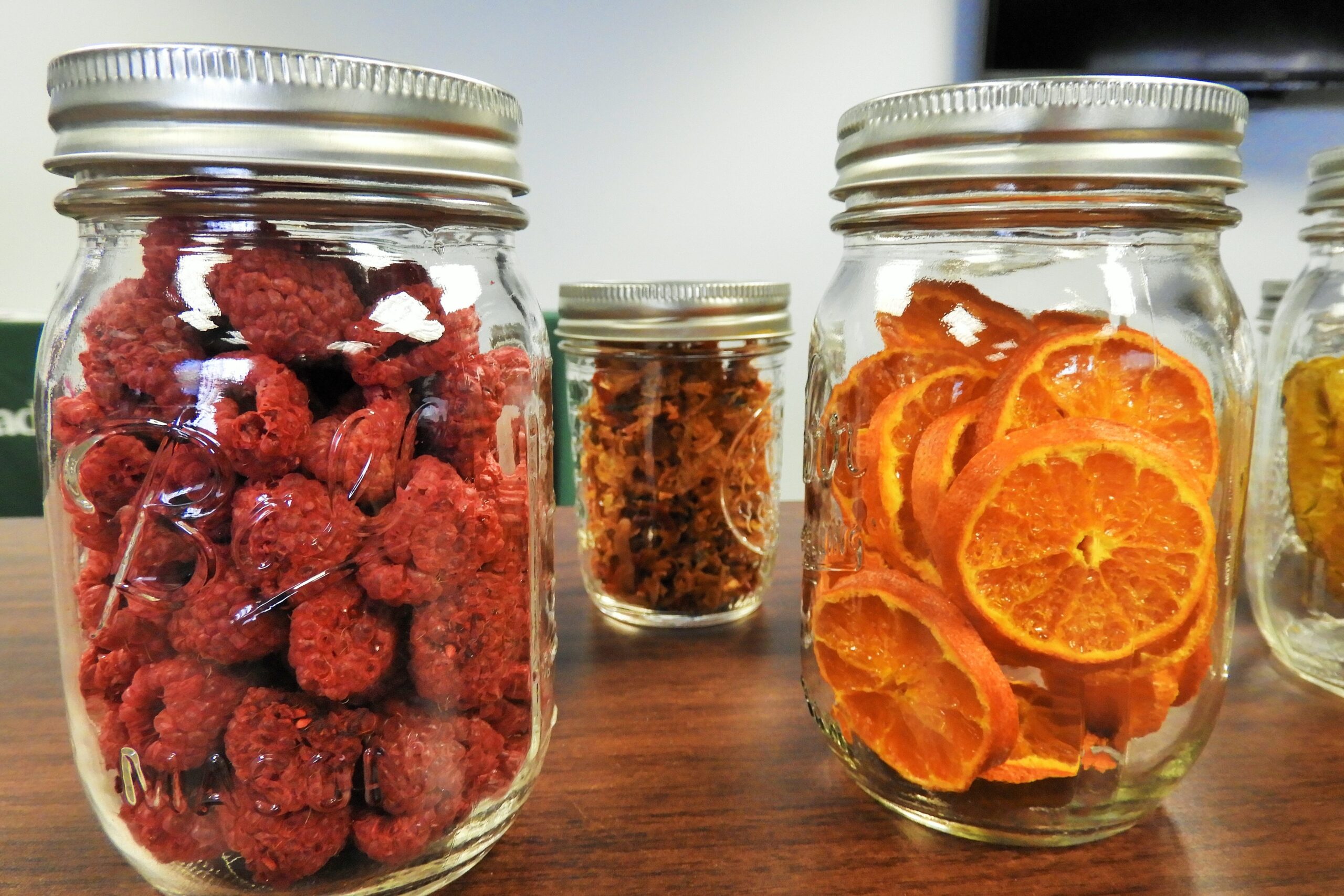
Originally used for food preservation, Mason jars with their thick glass and zinc screw-on lids now serve decorative purposes. They’re commonly used as vases, storage, or lighting fixtures. Their clear, durable design makes them endlessly adaptable. They’ve become symbols of hominess and DIY creativity.
The blue-tinted vintage versions are especially sought after. People often display them on open shelves or in farmhouse kitchens. They add a sense of authenticity and practicality, even if they’re empty. They prove that simplicity never goes out of style.
12. Corn shellers
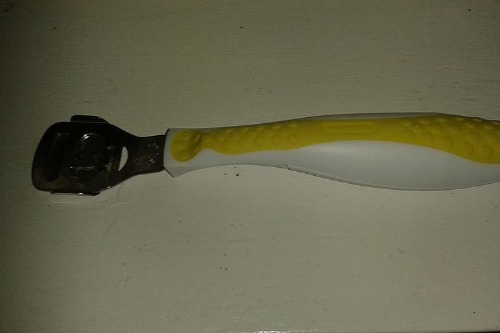
Corn shellers, once used to strip kernels from the cob, now mostly live as rustic artifacts. Often cast iron, they feature interesting mechanical gears and handles. Their intricate design makes them eye-catching, even if they’re no longer useful. Some decorators mount them on walls as functional art.
They remind viewers of an agricultural heritage rooted in hard work. The mechanical complexity fascinates modern eyes used to sleek, digital gadgets. They’re not just relics but symbols of ingenuity. As décor, they bring grit and history into contemporary spaces.
13. Coffee pots (percolators)
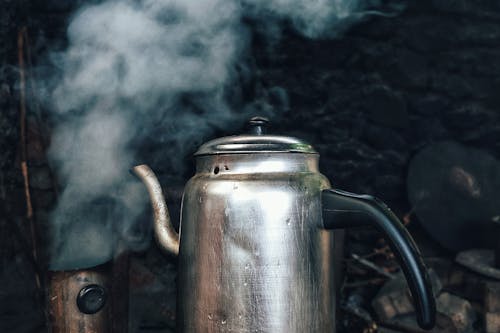
Before drip machines, stovetop percolators were the go-to way to brew coffee. Their shiny aluminum or enamel finishes now look retro and stylish. Many are displayed in vintage kitchens or even turned into planters. Their iconic shape makes them stand out even when not in use.
The sound of coffee percolating is a memory for many people. That sensory nostalgia makes them more than just objects—they’re emotional triggers. Collectors love both the mid-century versions and older enamelware ones. They bring a sense of community and routine into modern spaces.
14. Typewriters

Typewriters were once everyday office essentials, but now they’re prized for their aesthetic. The clacking keys and metallic frames have a mechanical beauty that laptops can’t match. People often display them on desks, side tables, or bookshelves. They symbolize creativity and old-fashioned productivity.
Many buyers never intend to type on them—they simply want the inspiration they bring. Writers often keep them nearby as muses, even if unused. The variety of designs, from sleek portables to hefty office models, adds to their appeal. They turn any room into a space with character.
15. Wooden dough bowls
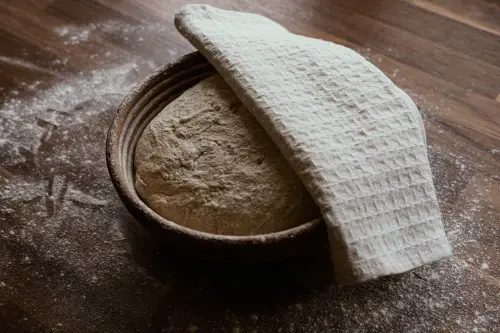
Large wooden dough bowls were once kitchen workhorses for mixing and kneading bread. Today, their broad, carved shape makes them perfect for tabletop displays. They often serve as centerpieces filled with seasonal decorations. Their simplicity makes them timeless and versatile.
Buyers love that each one shows marks of use, making every bowl unique. They carry with them the feeling of a communal kitchen where bread was a daily staple. Now they’re prized more for their craftsmanship than their function. In a way, they’ve gone from utility to art.
This post 15 Vintage Tools That Buyers Now Display as Décor Instead of Using was first published on Greenhouse Black.
